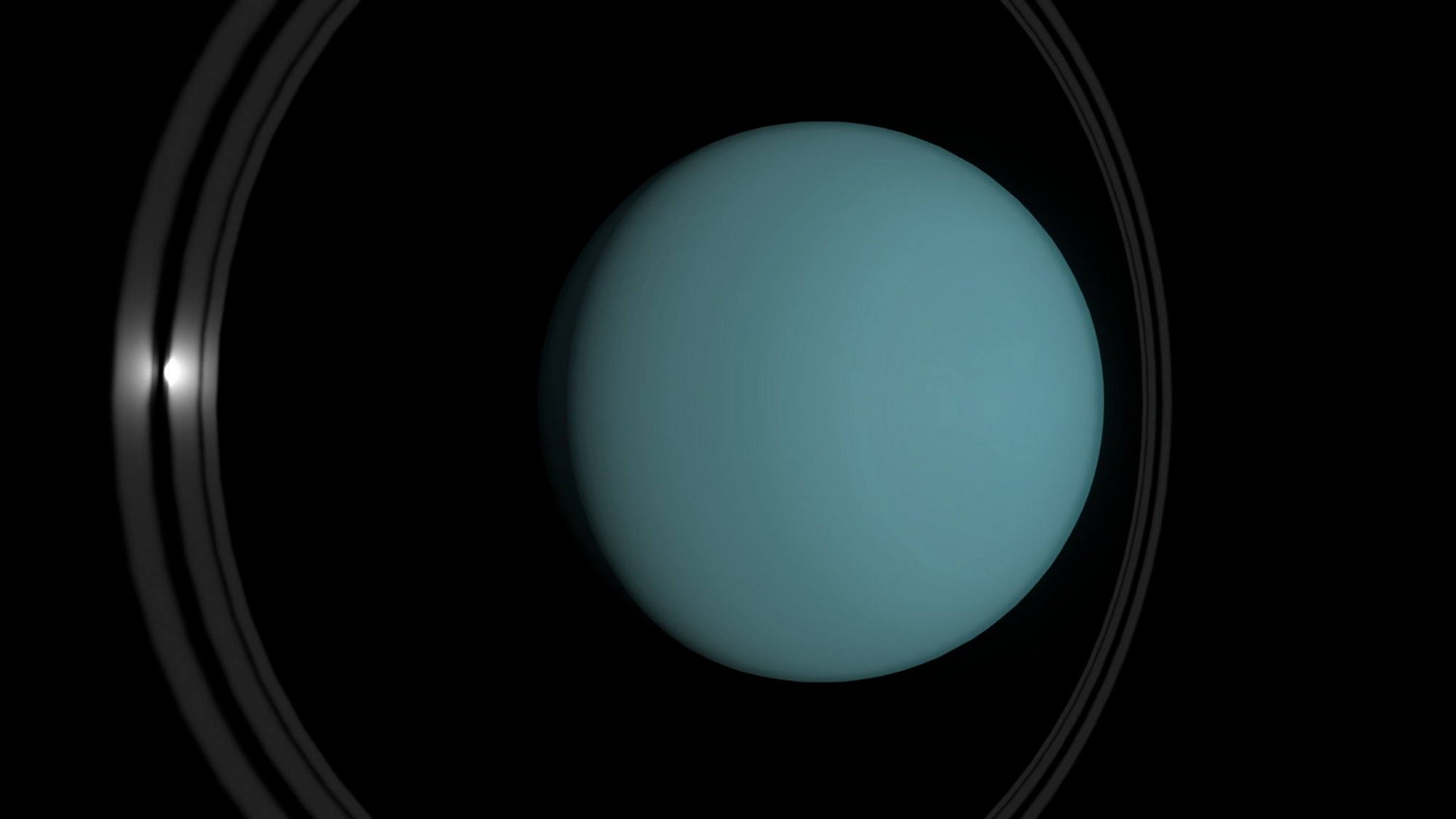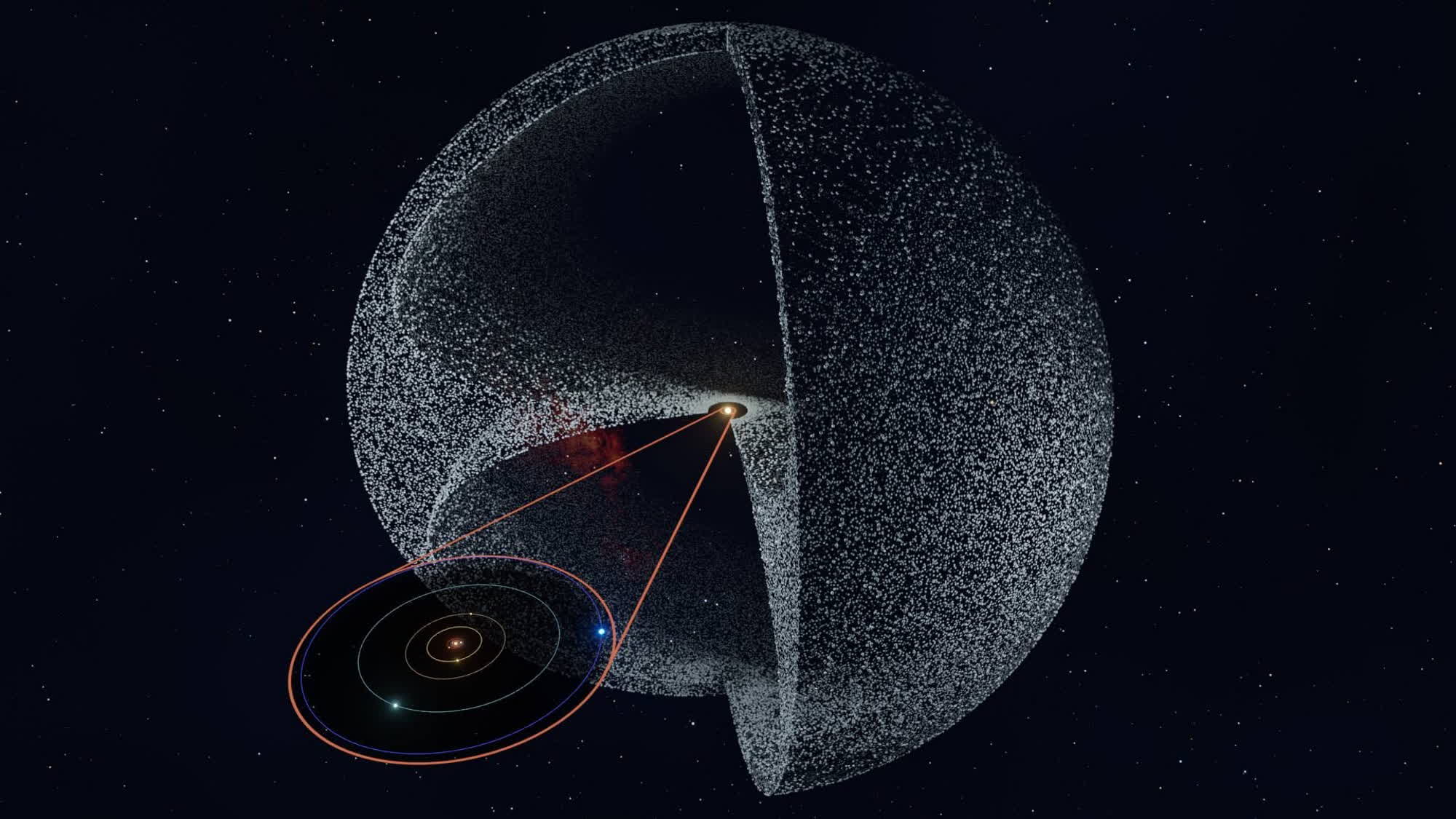In context: The Oort cloud is a cloud-like structure that scientists believe surrounds the Solar System, essentially behaving like the outermost limit of the Sun's gravitational influence in the Milky Way. The cloud-like structure is mainly composed of icy debris which replenishes the Solar System with its long-period comets, but it could also host a yet unknown, giant-like planet.

Speculationn about a hypothetical ninth planet (sorry Pluto) in the Solar System have long been focused on Planet X, but a recently published study proposes that an unknown, large planet could be hiding far beyond standard planetary orbits. This Uranus or Jupiter-like planet would orbit the Solar System – and not just the Sun – within the Oort cloud, meaning that it would dwell in the outermost limit of the Sun's gravitational pull.
According to the study, these theoretical Oort cloud (exo)planets could be a standard feature for one in every 200 - 3,000 stars, which is likely an overestimation as the researchers didn't account for instabilities taking place during the formation of a star and its planetary disk.
Scientists from the French National Centre for Scientific Research (CNRS) and other research institutions ran complex "N-body simulations" of dynamical instabilities to assess how a large planet could be cast out of a solar system, or how an already established planetary system could capture a runaway planet strolling through the galactic plane.

The estimated fraction of ejected planets that are trapped in the Oort clouds ranges from 1 to 10%, the study says, which is depending on the initial planetary mass distribution during the system's creation. If the Solar System's dynamical instability "happened after birth cluster dissolution," the study continues, there's a 7% chance that an ice giant could be captured in the Sun's Oort cloud.
Therefore, the unknown giant planet at the edge of the Solar System could likely be a wandering exo-planet that was captured by the Sun's gravitational influence after the formation of the Solar System.
The Oort cloud surrounds the Sun at distances ranging from 2,000 to 200,000 AU, or 0.03 to 3.2 light-years, which means that the aforementioned gravitational pull is pretty weak compared to what keeps the eight (confirmed) planets in the Solar System in place.
https://www.techspot.com/news/99367-solar-system-outermost-edge-could-host-unknown-planet.html